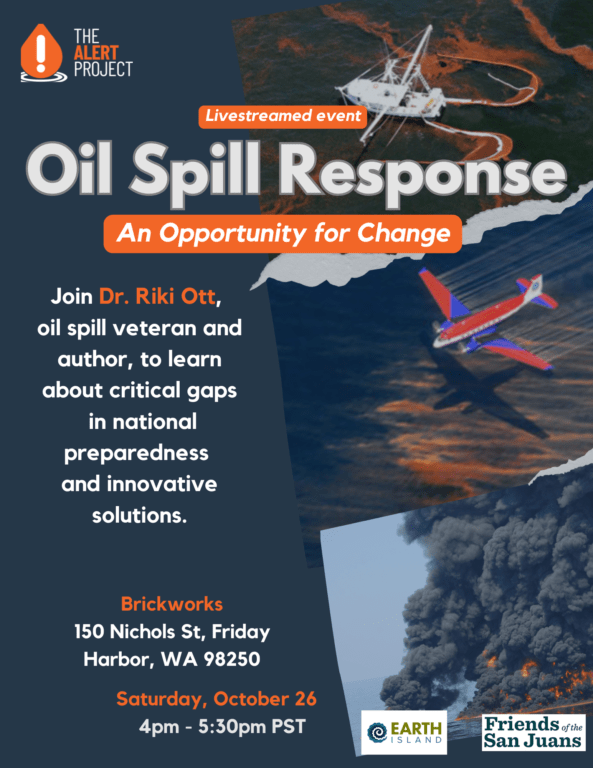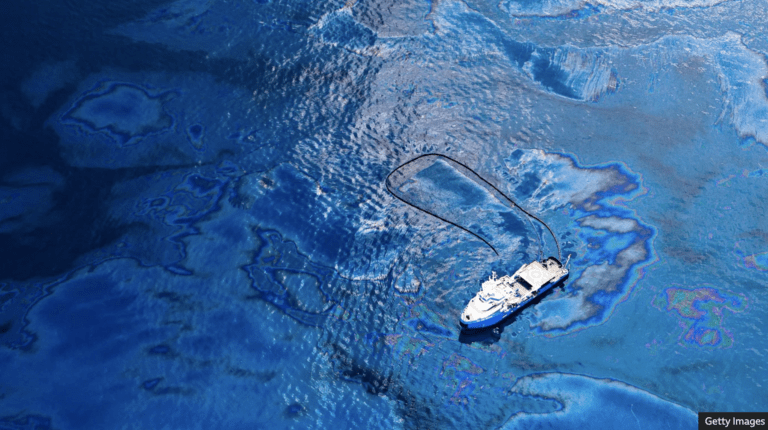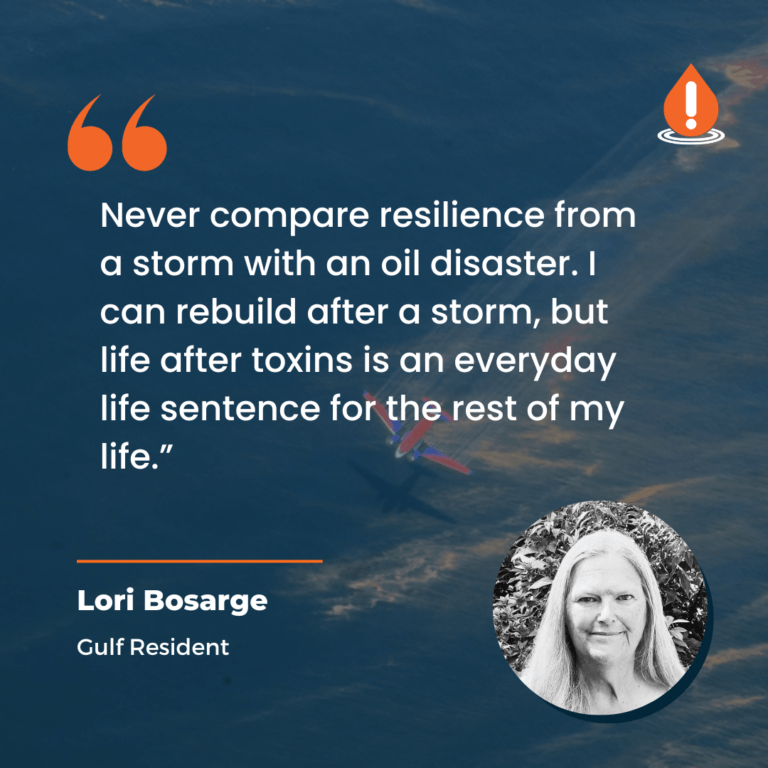Do you believe you have been chemically exposed?
We have plenty of free resources available, from free quizzes to a directory of the latest research on chemical intolerance. We also have free downloadable toolkits to help you identify toxic exposures in you and your community, and how to talk your doctor about it.
Latest News from Alert
PRESS RELEASE: ALERT and Friends of San Juans to Co-Host Oil Spill Response Public Engagement Event
On Saturday, October 26, 4:00 PM at Brickworks, oil spill veteran and activist Dr. Riki…
Keep Reading[BBC] The biggest oil spill in US history: What we’ve learned since Deepwater Horizon
Fourteen years after the BP Deepwater Horizon disaster, would we fare any better at cleaning…
Keep ReadingA Call to Action! Contact EPA and Your STATE to Ban Corexit Dispersants
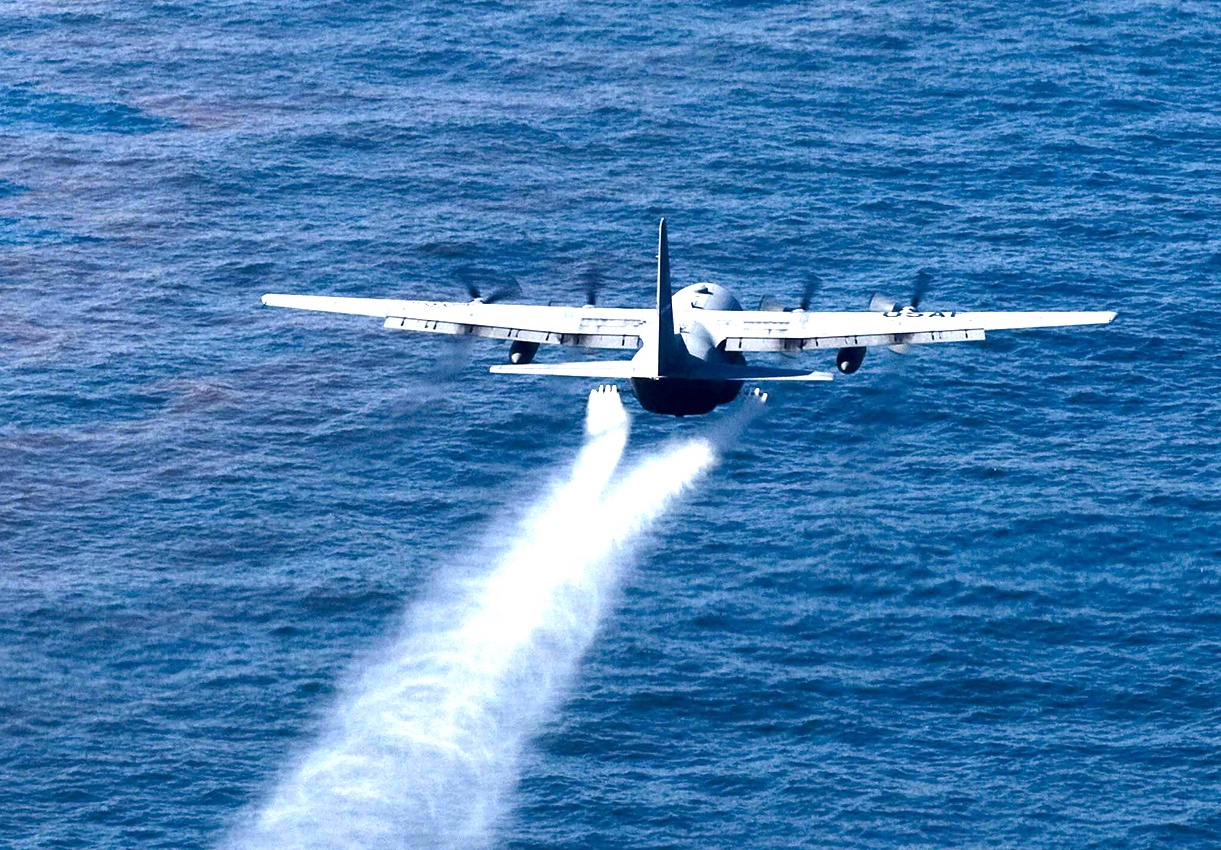
On August 19, 2024, ALERT and allies petitioned the Environmental Protection Agency (EPA) under the new truth-in-reporting rules to remove toxic Corexit oil dispersants from the list of products authorized for use in oil spill response, based on known human health impacts. Removing them would ban use in the United States.
ALERT and allies also advocated that the United Nations remove discontinued Corexit products from its hazard communications system, of which the United States is a party, and to adopt truth-in-reporting guidelines like in the United States to ensure countries have accurate and current information to make informed choices. Removing them would ban use globally.
Hear from the people who lived through the disaster
Exactly 10 years since the BP Deepwater Horizon oil spill, ALERT hosted a series of live interviews to raise awareness about the ongoing suffering and chronic illnesses of those who lived and worked near the disaster.
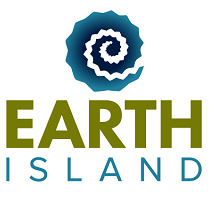
The ALERT Project is a project of Earth Island Institute, a nonprofit organization incorporated under the laws of California. Earth Island’s mission is to support environmental action projects and build the next generation of environmental leaders to achieve solutions to environmental crises threatening the survival of life on Earth.

